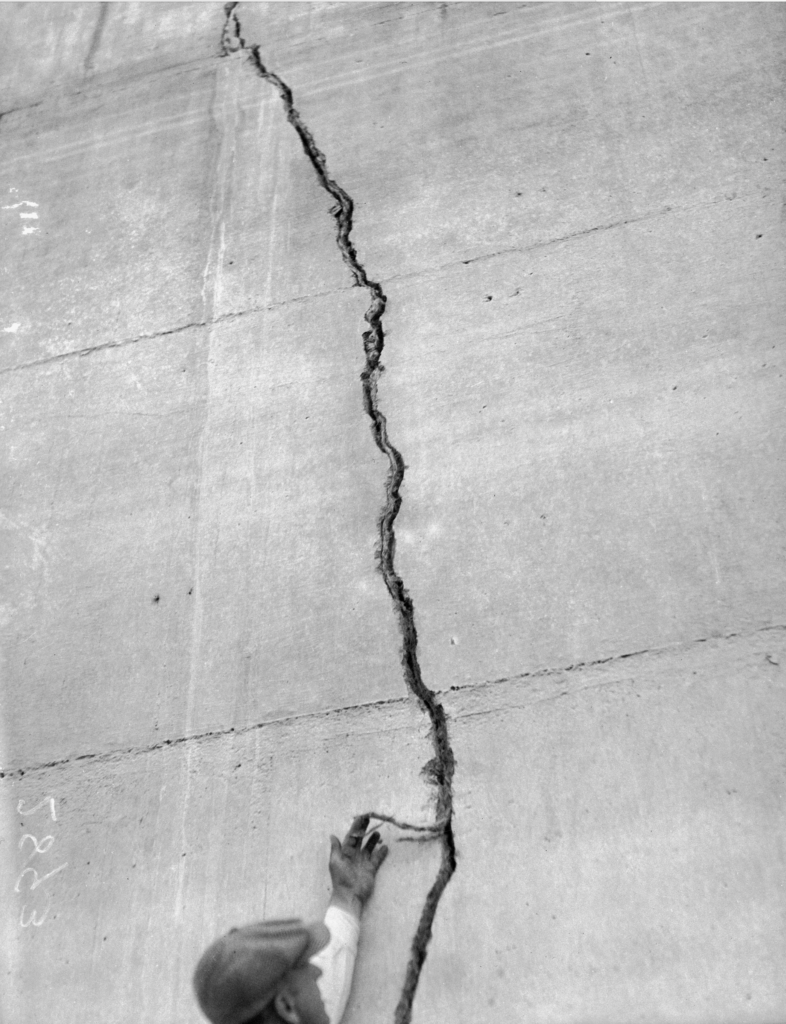PLEASE NOTE: Mobilized is apolitical. We do not endorse any political party or candidate. However, in these divisive times, we recognize that open discussion is necessary for the resolution of divergent opinions. Consequently, we have added a new section called FORUMS that will host important OPINIONS posted my Mobilized Members. These are the opinions of the members alone and do not represent Mobilized News.
I have to admire Biden‘s moxy as displayed in his message of resilience at rallies following the debate, “When you get knocked down, you get back up.” But truth be told, he didn’t get knocked down. That’s a positive spin on his own failure. To say “knocked down” implies the application of external force, when in reality he tripped due to his own lack of balance, a false bravado in overestimating his current abilities.
By Michael Caporale
Democrats have rushed to shore up the crack in the dam with the same degree of party loyalty, the GOP exhibited for the last eight
The majority of elected Democrats have risen to Biden’s support by towing the party line for fear of excommunication. It’s a page right out of the RNC playbook. They are repeating the very same mistake that Republicans made when Trump came under fire for a self-inflicted wound. Naysayers will be regarded as treasonous party heretics, exiled from the Paradise of party support and political advancement.
Republican leaders know that Trump is a criminal, a liar, a moral pervert a racist, and an anti-semite, and yet in public they support him because to not do so would bring on the wrath of the party. Now the Democrats, who have long maintained that the GOP are hypocrites are following the same battle plan supporting their candidate regardless of the facts.
The latest Democratic spin claims that Biden was inundated with “preparation overload.” Translated that means he was oversaturated with information—not a good sign!
Another maintains that his optimum time of day is between10 AM to 4 PM, as if that excuses his inability to perform well between 9PM and 11PM in a debate. Reading between the lines, these so-called affirmations only confirm what polls reveal of the 72% who believe Biden is just too old to continue.
Democrats are clueless. Past performance and success are no measure of current fitness. For example, it wasn’t that long ago that I could ride my bike 35 miles every Sunday. Now I have trouble walking to the corner of the block and back. Circumstances and physical reality change with time.
They’re falling along party lines on the assumption that the best policy is to stay the course.
“It was just a bad night.” NO! It’s much more than that!
I am an artist, a painter to be exact. Often, I’m working on painting where there’s an area in the painting that I really love. It shows my skill and is a delight to look at, and yet it’s not working with the whole and I realize that I must paint over it. That’s a huge risk. When I paint over it, it could be terrible. I could fail. It may not work at all, and I’ve lost something really, really beautiful and important to me, but I have to do it anyway because it’s not working as it is.
The margins are in the battleground states, so within the general population alone, the majority that exists for Democrats is not enough to win. Democrats are fractured and if just a small portion of the deciding factions, the Youth, Latinos, Blacks and Women, as well as Independents, decide to sit this one out, it’s all over for our nearly sane world of democratic freedoms. It’s time to paint over that beautiful little passage of the man we so admire.